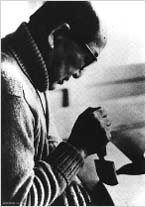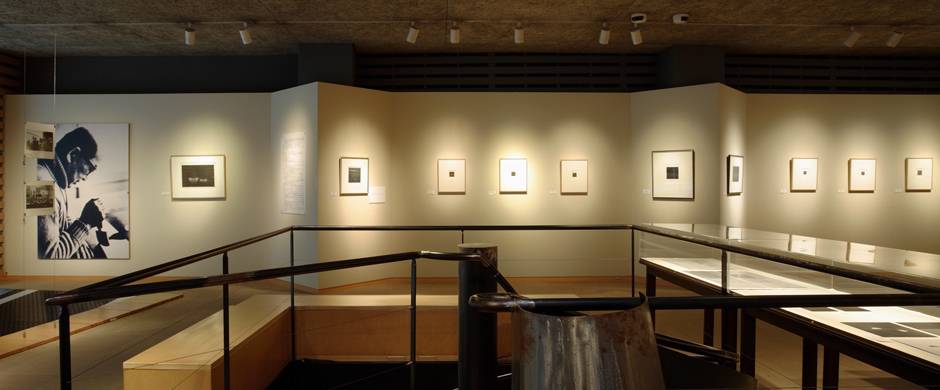

浜口陽三は、1909年にヤマサ醤油株式会社の先々代の社長、濱口儀兵衛の三男として和歌山県に生まれました。生家は、1645年以来お醤油造りを続けてきましたが、陽三は家業を離れて東京美術学校(現東京藝術大学)の彫塑科に入学しました。1930年には大学を中退してパリに渡り、油彩、水彩、銅版画など幅広い創作活動を行います。第二次世界大戦により帰国し、戦後の1948年頃から本格的に銅版画の制作を始めます。
Creating tone of colors which nobody had ever seen before into this world.
This must be an artist’s unfulfilled dream.
In the latter half of the 20th century, Yozo Hamaguchi achieved this with copper-plate printing.
They are soft colors emerging from the darkness.
In this exhibition, together with Yozo Hamaguchi’s copper-plate prints,
the techniques to produce these colors are introduced with videos and printing experiences.
Please take your time to appreciate the colors that are unlikely existing in this real world.

Musee Hamaguchi Yozo : Yamasa Collection - SPRING COLLECTION EXHIBITION Minami Keiko Exhibition - A Small Cloud
Musee HaJanuary 18 (Saturday) - March 30 (Sunday) 2025
Musee Hamaguchi Yozo : Yamasa Collection – EARLY SUMMER COLLECTION EXHIBITION HAMAGUCHI Yozo Copperplate Print Exhibition – If you strain your eyes, you will see.
April 12th (Saturday) ー June 15 (Sunday) 2025

| March |
3,10,17,24 |
|---|














